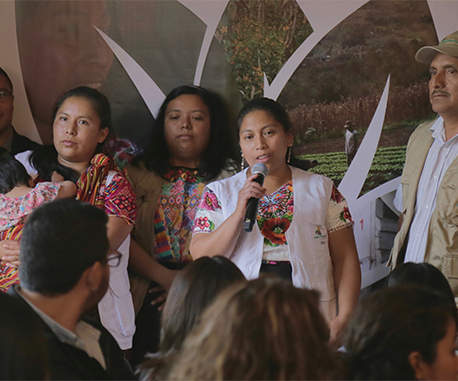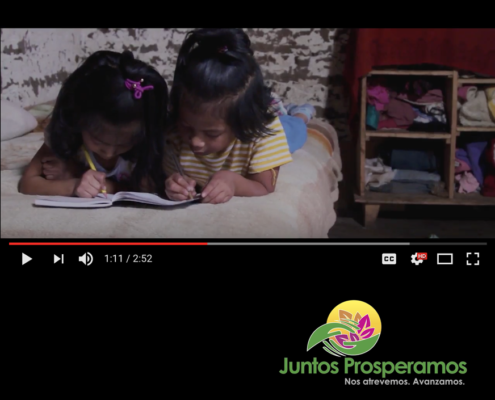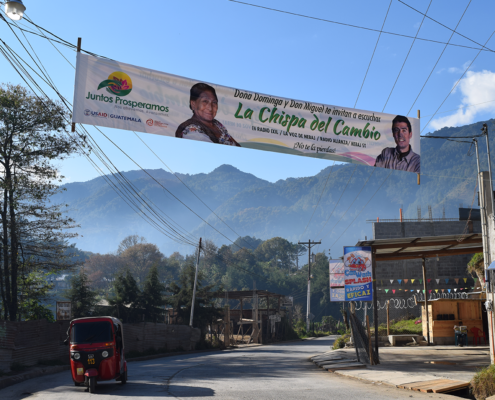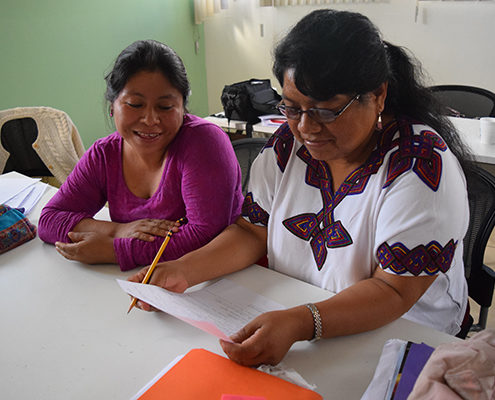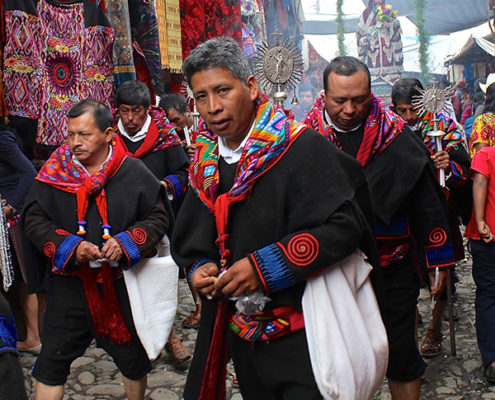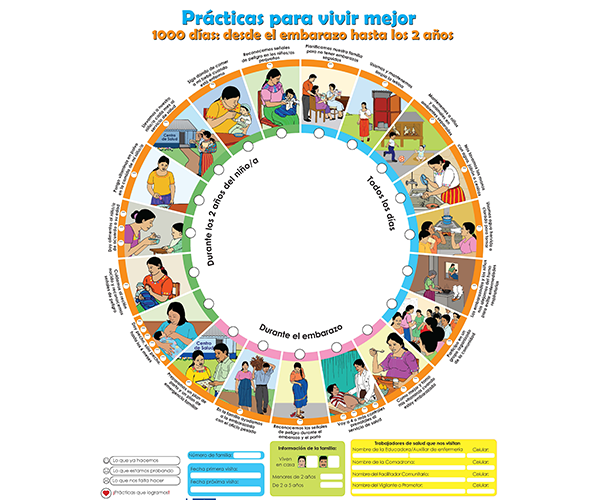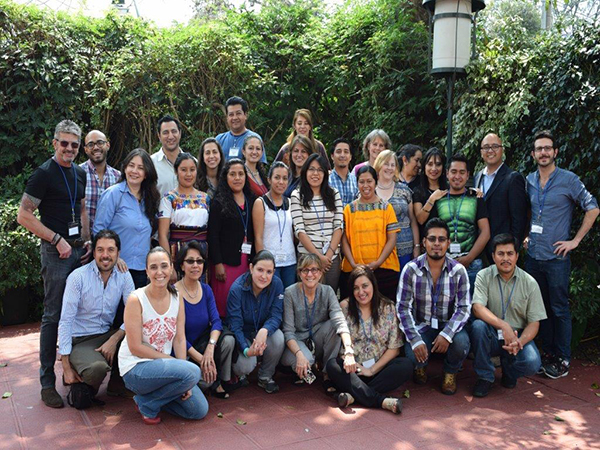
March 2016 SBCC strategy design workshop in Guatemala
Guatemala is sometimes referred to as two countries in one because of its highly stratified society where exclusion, poverty and chronic malnutrition remain at high levels. The prevalence of chronic malnutrition is a particular concern because at approximately 50%, it is higher than any other country in the Americas and higher than most African countries. Chronic malnutrition among children has strong ethnic and geographic dimensions; it is concentrated in the rural communities among indigenous population. Guatemala has also reported presence of the Zika virus in the country, and the Zika-carrying Aedes mosquito present in parts of the country.
HC3 worked in Guatemala to develop, design, and implement an integrated social and behavior change communication (SBCC) program in the Western Highlands of Guatemala to promote behaviors related to a spectrum of development topics. In addition, HC3 supported efforts for a national communication response to Zika virus.
Support to Guatemala’s Zika Response
HC3 conducted a landscaping assessment on Zika virus communication as part of a four-country assessment in Latin America, the findings of which were used to development of a Strategic Communication for Zika Prevention: A Framework for Local Adaptation to assist country stakeholders in the adaptation and dissemination of information pertaining to Zika risk and prevention at regional, national and local levels. HC3 supported the creation of a national communication strategy for Zika in Guatemala.
An Integrated Development SBCC Program
HC3 worked with USAID and partners and stakeholders from 18 USAID-funded projects to develop an overall brand identity and SBCC strategy for the Western Highlands Integrated Program (WHIP). The Western Highlands are where poverty and malnutrition are highest in the country at nearly 70%.
The WHIP SBCC strategy was designed to facilitate complete and comprehensive integration of key elements of development including health, family planning, income generation, nutrition, education, local governance, water and agriculture. The strategy design and its implementation serve as a unifying force for key stakeholders to collaborate on the reduction of chronic malnutrition in Guatemala. The USAID Guatemala sectors involved in this SBCC venture include Health, Education, Economic Growth, Agriculture, Environment, Democracy and Governance and Food for Peace.
HC3 worked collaboratively with USAID and its implementing partners to design and develop communication platforms and disseminate messages to create behavior change. HC3 created a radio program platform, a digital health platform to support community and household communication by community health workers, and other platforms that allowed community members to access vital health and development information on demand.
Building on a Solid Foundation
Prior to developing the WHIP SBCC strategy, HC3 conducted a comprehensive situation analysis of SBCC activities within USAID’s development portfolio in the Western Highlands region. This situation analysis utilized a variety of methods to gather information, including in-depth interviews, field visits, review of program documents including SBCC strategies and SBCC program monitoring plans, a message consistency analysis of partner-produced SBCC materials and a detailed SWOT analysis. HC3 also accompanied their review of USAID’s programmatic portfolio with a literature review of data and research conducted on priority health and social issues in the Western Highlands.

